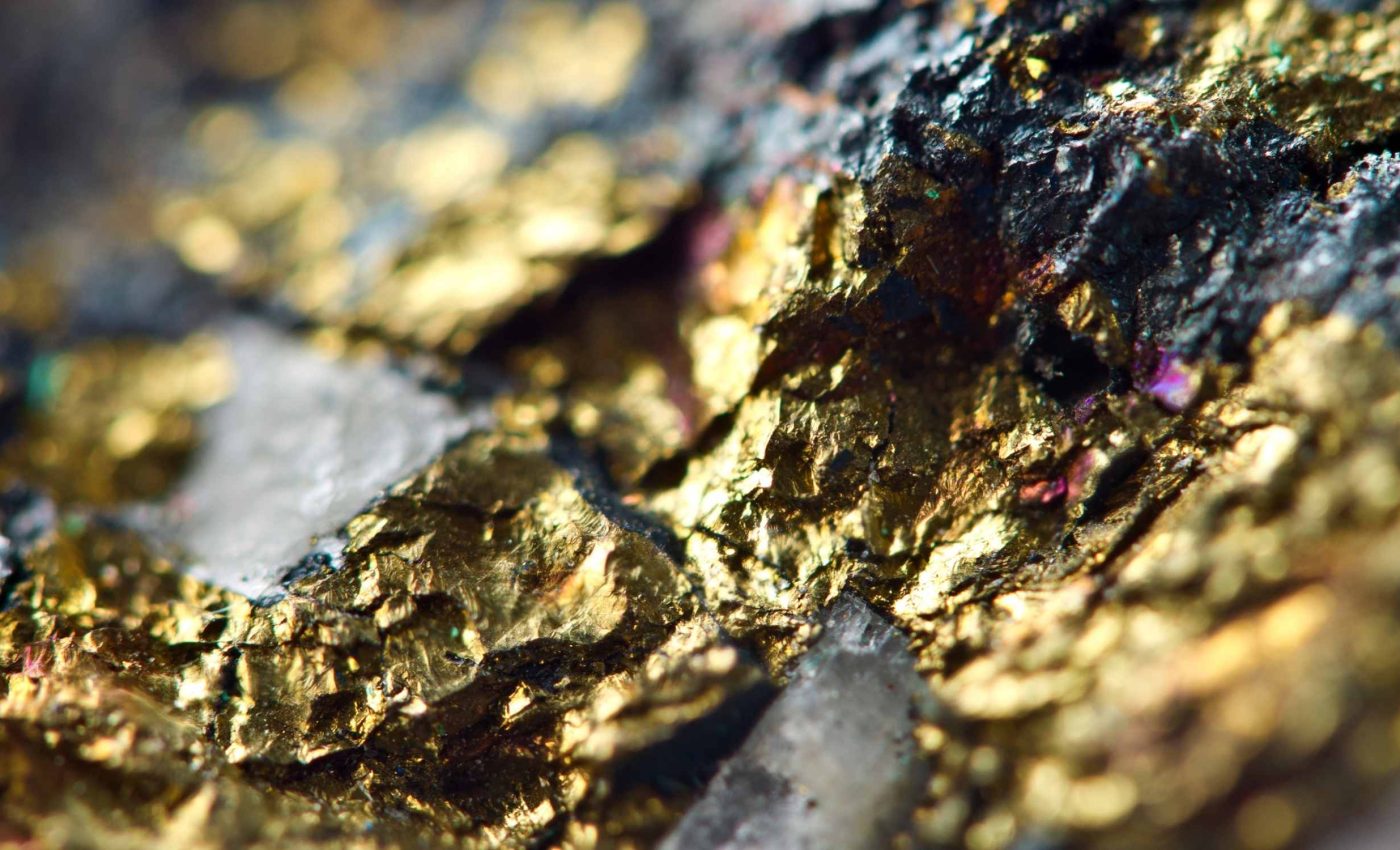
Setting records: Top-quality gold and silver discovered in Cusco
Highlander Silver says its newest drill hole in central Peru cut a 77.4 foot interval of high grade gold and silver near the surface. This gold drill hole is part of a growing vein system called Bonita. The top number is 15.56 grams per ton gold, roughly half an ounce per ton.
The discovery sits about 6.2 miles south of the Ayelen deposit at the San Luis project. The company says the new Kusy zone delivered the highest grades reported at Bonita to date.
Bonita and Kusy gold
The headline interval comes from hole BOD-021, which hit 77.4 feet averaging 15.56 grams per ton gold and 74.49 grams per ton silver.
Two other holes at Kusy and the western outcrop returned shorter runs with strong grades as well as consistent geology.
These figures are reported as apparent width, the down hole length, not the true thickness. The company will need more holes on several angles to calculate a true width.
The scientific sign off rests with Dr. Sergio Gelcich who is the Vice President of Exploration for Highlander Silver. He is the Qualified Person responsible for the technical content under the Canadian disclosure standard.
Geologically, the Kusy intercepts include breccia, broken rock fragments cemented by minerals deposited from hot fluids. Fine quartz vein pieces appear within the breccia, echoing textures seen elsewhere in the system at Bonita.
Mapping the Bonita gold
Bonita crops out along a high ridge, with veined and silicified rock mapped over roughly 2,625 by 656 feet to date. The trend remains open in every direction, which is the kind of uncertainty miners like during exploration for now.
San Luis sits in the Ancash Department of central Peru, an area known for low-sulfidation epithermal veins per the Ayelen technical report. That background helps frame why grades of this tenor are plausible here.
Historic work at San Luis scoped underground mining of the Ayelen vein and prepared an environmental impact assessment. A public mining profile summarizes that history and notes the environmental approval.
Kusy lies on the eastern flank of the ridge, while earlier holes tested the western exposures of Bonita. The pattern suggests multiple vein splays, not a single strand.
How the assays were checked
All drilling used large diameter core, which gives thick cylinders of rock for sampling and better structural control. The crew sawed the core lengthwise so half could be sent to a lab and half archived on site.
ALS Peru prepared the samples and determined gold with a 30 gram fire assay, a lab measurement of metal content.
Over the laboratory upper limit, gold and silver were rechecked by gravitational finishing to ensure accurate high values.
The field program also inserted duplicates, standards, and blanks at a rate above 15 percent. This type of quality control checks that monitor precision and contamination adds confidence that the numbers are real.
Composite intervals were calculated using a minimum weighted average of 0.5 grams per ton gold across at least 6.6 feet. Internal dilution was allowed, which is common for vein deposits with variable thickness.
Why the geology points to more
San Luis is a low sulfidation epithermal, formed by hot, metal rich fluids rising into cooler rocks near the surface. These systems often host multiple subparallel veins and localized breccia bodies.
United States Geological Survey (USGS) guidance describes textures such as crustiform quartz and open space fill that signal fluid pulses and pressure drops. A national model outlines those features and the types of elements often found together.
The ridge top exposure at Bonita hints at an erosional window into the top of the system. If so, higher grade shoots could plunge down and along strike, which step out holes can chase.
The new Kusy intercept is shallow, starting less than 30 feet down hole. Shallow high grade can be mined from surface or from short ramps if continuity holds up in this district.
What to watch next
The company is processing data from a magnetic survey flown by paired quadcopters. Magnetics can map rock changes under soil and sharp slopes, helping trace vein extensions under cover.
Follow up drilling is already planned at Kusy, plus step outs to the west. The first task is to test length and continuity, since short, rich shoots do not build mines on their own with careful work.
Any future resource estimate must separate apparent width from true thickness and apply geologic controls. Orientation, grade capping, and spacing rules will matter more than any single number.
The larger San Luis story also depends on permits, roads, and community agreements. Those parts move at a different pace than drills, and they decide when rock becomes ore.
Lessons from the Bonita gold
Grades such as 15.56 grams per ton are unusual but not unheard of in Andean veins. The nearby Ayelen deposit shows the camp can deliver that kind of grade envelope.
Breccias tell a fluid story, not just a rock story. Fragmented rock records earthquakes and pressure shifts that open space and allow metals to precipitate.
The numbers here are early, so caution is wise. One standout interval is a good start, yet it must be repeated, connected, and modeled.
If the veins cohere across hundreds of feet, mining options expand. If they pinch and swell, selective mining becomes key, and economics tighten.
—–
Like what you read? Subscribe to our newsletter for engaging articles, exclusive content, and the latest updates.
Check us out on EarthSnap, a free app brought to you by Eric Ralls and Earth.com.
—–













